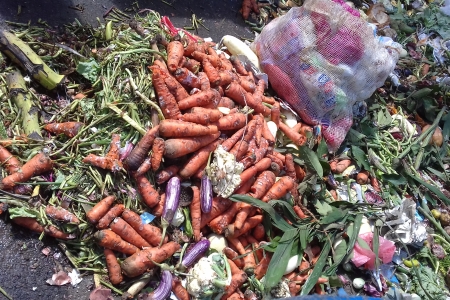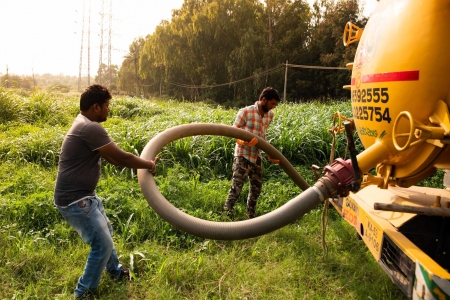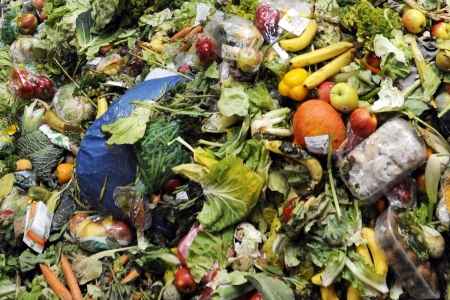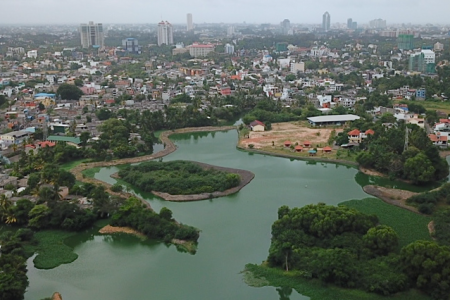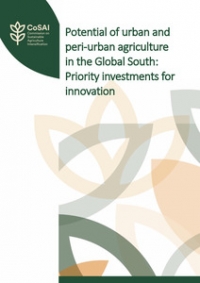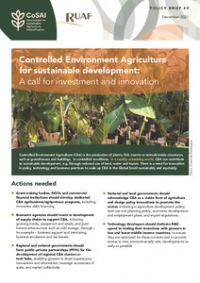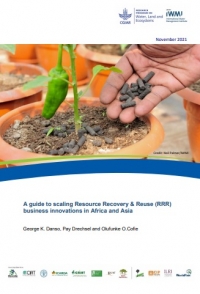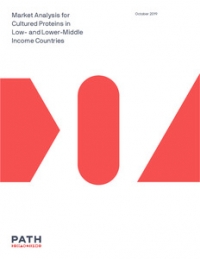Throughout history, pond-based aquaculture has been an important source of food and income for many communities. Today, with farmed fish accounting for more than half of all fish eaten globally, pond-based aquaculture continues to provide substantial economic, nutrition and food security benefits in the regions it is practiced.
Increasingly, however, these aquaculture systems – most popular in peri-urban settings – are competing for land and water with other types of land use. Some countries now face a scarcity of freshwater and it is becoming increasingly difficult for fish farms to source clean water for their ponds.
Fortunately, this needn't be a problem. Aquaculturists in Asia have for centuries used nutrient-rich domestic wastewater for fish farming, as this water can provide all the food that fish require. The East Kolkata Wetlands in India, for example, form the largest wastewater-fed aquaculture system in the world, with more than 250 fisheries producing a combined total of 18,000 tons of carp and tilapia every year.
Scaling up wastewater aquaculture
Now, a new report from WLE explores the potential for scaling up wastewater-fed aquaculture – not just in its traditional heartland of Asia, but in Africa and Latin America as well, where it is less commonly practiced. With the help of three case studies, the report details the challenges and opportunities of safe water reuse in aquaculture and finds that safe and sustainable business models can bring significant benefits to fish farmers, water treatment plant operators and consumers.
The three fishery business models explored in the report all make use of waste stabilization ponds (WSPs), one of the most common methods of wastewater treatment in warmer climates. In a WSP system untreated wastewater flows through a series of interconnected ponds called a cascade. Over the course of a few days the wastewater's organic content and pathogen load is reduced. Towards the end of a functioning cascade the water is clean enough to rear fish in.
The establishment of public-private partnerships between aquaculturists and the operators of WSPs can be a mutually beneficial foundation for wastewater aquaculture. By using pre-existing ponds, the fish farmer saves significant capital and running costs that would otherwise be spent on building ponds and supplying them with water, fertilizer or fish feed. In turn, some of the farm's profits can be used to keep the WSP system well maintained. In some cases, operators even save enough money to be able to stop charging a sanitation fee to the households they serve.
An award-winning public-private partnership
One of the successful public-private partnerships described in the report is led by the TriMark Aquaculture Centre (TAC) in Kumasi, Ghana. In 2017, TAC agreed with the Kumasi Metropolitan Assembly to rear catfish in the final Chirapatre wastewater treatment pond. To increase consumer confidence, TriMark now grows only broodstock in treated wastewater, while the hatching and growth of fingerlings takes place in freshwater ponds.
In its first two years of business, TAC produced over 100,000 fingerlings and 10,000 kilograms of catfish annually, and reported strong profits. In 2019, the partnership won two national awards in the Sanitation Challenge for Ghana, with the Kumasi Metropolitan Assembly and TAC both winning first prize in their respective categories for developing "the overall best liquid waste management initiative". This encouraged the company to invest further in WSPs, installing a biogas digester to improve water quality and solar-powered aerators to enhance living conditions for the catfish.
Challenges and opportunities
The outbreak of COVID-19 presented a serious challenge to aquaculture in Ghana, as it did worldwide. With the forced closure of restaurants, TAC suddenly found itself deprived of a key customer. In response, the company used its prize money to build a greenhouse alongside the wastewater treatment plant, where it grows vegetables using an aquaponics systems fed by fish manure water from the freshwater ponds. In 2021, with restaurants once again open in Ghana, TAC is looking to resume its previous levels of aquaculture.
Fish farmers must always be prepared to cope with negative consumer perceptions – especially those using wastewater in Africa and Latin America, where this type of aquaculture is less common. Although the risk awareness of the average consumer tends to be low, and studies in Kumasi (here and here) have revealed that consumers base their purchasing decisions on the price, size and perceived visual quality of fish rather than its source, negative perceptions and rumors can persist. This prompted TriMark to adopt a low-risk approach, selling fish that had not been in contact with treated wastewater. A similar approach, also described in the WLE report, was adopted in Bangladesh where fish feed (duckweed) produced in a wastewater treatment system was fed to fish reared in freshwater ponds.
If aquaculturists can avoid negative consumer perceptions, wastewater-fed aquaculture represents a potentially significant source of food and income opportunity in peri-urban areas. WLE's report suggests that public-private partnerships can provide a promising triple-win business model – enabling the development of highly productive farming systems that benefit human nutrition and food security, supporting sustainable wastewater treatment and removing the need for sanitation fees for serviced communities.
---
Thrive blog is a space for independent thought and aims to stimulate discussion among sustainable agriculture researchers and the public. Blogs are facilitated by the CGIAR Research Program on Water, Land and Ecosystems (WLE) but reflect the opinions and information of the authors only and not necessarily those of WLE and its donors or partners.
WLE and partners are supported by CGIAR Trust Fund Contributors, including: ACIAR, DGIS, FCDO, SDC, Sida and others.



